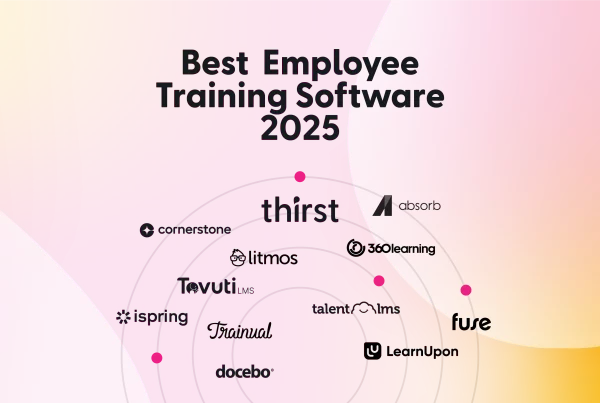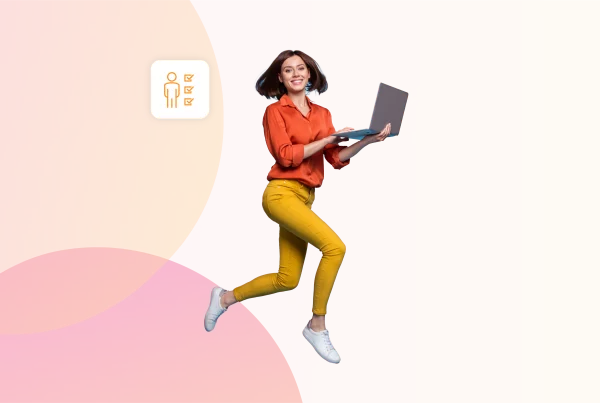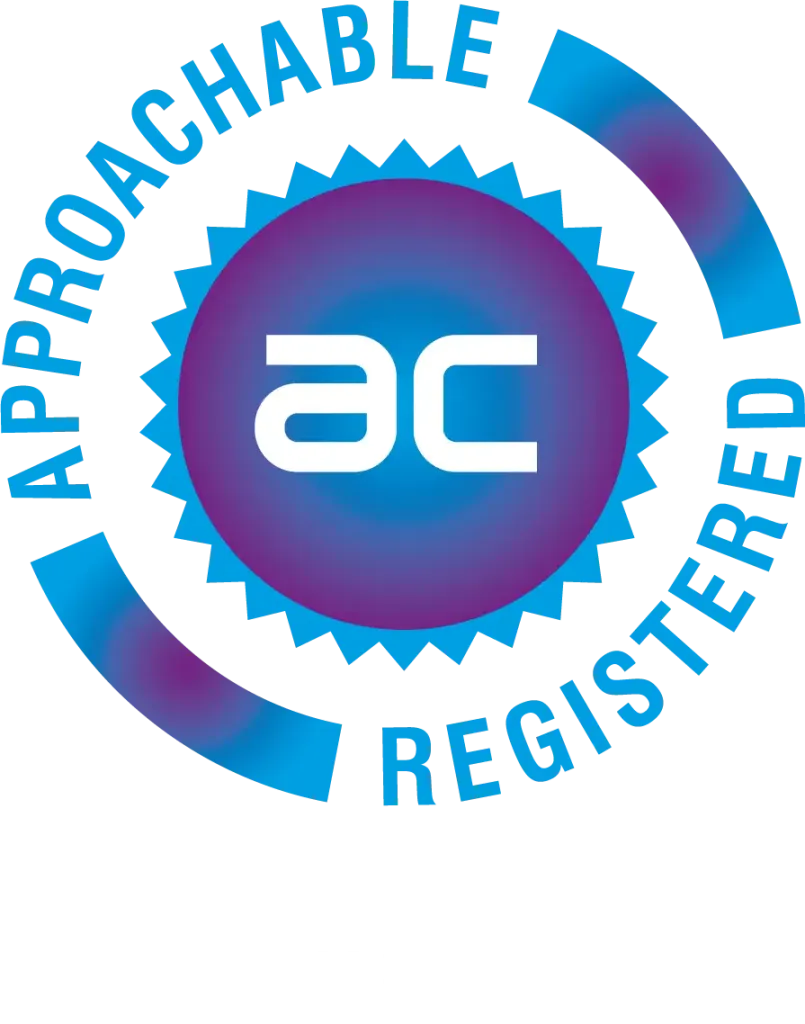Online Learning
Let’s start easy. This is the most general and most used term for any learning that takes place on the internet using any web-enabled device (computer, smart phone, tablet). This phrase is interchangeable with the term ‘e-learning’ (short for electronic learning) – both mean the same thing.
LMS
LMS stands for Learning Management System. An LMS is a piece of software that allows you to host and deliver courses, and keep track of learner progress in a relatively linear and familiar fashion. This is great for, and makes the life of, an L&D Manager much easier, but it may not be the most intuitive solution for learners. Moodle and Totara are two very popular open source LMSs, which you can find out about here.
LXP
LXP (or LEP) stands for Learning Experience Platform and they are the new kids on the block, ushering in a fresh era of learner-centric learning. LXPs tend to be more personalised, engaging and easier-to-use platforms that give the user more freedom to select the type of content they would like to see and learn from. LXPs are also much more reactive to the user. For example, with Thirst, our recommendation engine learns from a user’s interactions to automatically present each user with the content topics, types and durations they naturally prefer.
UX
UX stands for User Experience. This term relates to all aspects of how the platform works from the user’s point of view including how they interact with the platform, how easy it is to navigate, how the pages are structured and fit together (the flow), what a user feels when they use it, etc.
SaaS
Software-as-a-Service is a licensing and delivery model where software is available in a cloud-hosted environment. Think Adobe Creative Cloud, Hubspot, Slack, Canva, Thirst, etc… The main difference between SaaS and and any traditional software is that you don’t have to download SaaS software to a computer or user device.
UI
UI stands for User Interface, the sister of UX. This is all about how the platform looks, its styling and aesthetic.
Synchronous Learning
A course that demands all users access and participate at the same time. This is most common in schools, universities and organisations where one individual is leading the lesson.
Gamification
The integration of gaming principles into learning materials and courses of study to encourage engagement and a sense of competition and achievement. This can include a multitude of things such as rewards-based incentives, audio and visual reactionary prompts, competing with friends, levelling up…
Social Learning
A concept around a collaborative learning approach where knowledge and ideas are passed between peers and shared with a wider community. This tacit transferring of data enriches everyone within the community helping establish and encourage a culture of learning together.
Micro Learning
A method of learning in smaller, more digestible chunks, giving the user more control over when, where and for how long they learn. As well as the content being easier to absorb, the smaller time constraints needed for a piece of micro learning content allow this type of learning to be much more adaptable to a user’s everyday life.

To conclude…
As you can see, there’s plenty to get your head around in the world of e-learning terminology, and as the industry continues to rapidly grow and change, there will be many more new words and phrases still to come. Thirst will be there at the forefront of change, leading the way, so why not stay up-to-date by signing-up?







